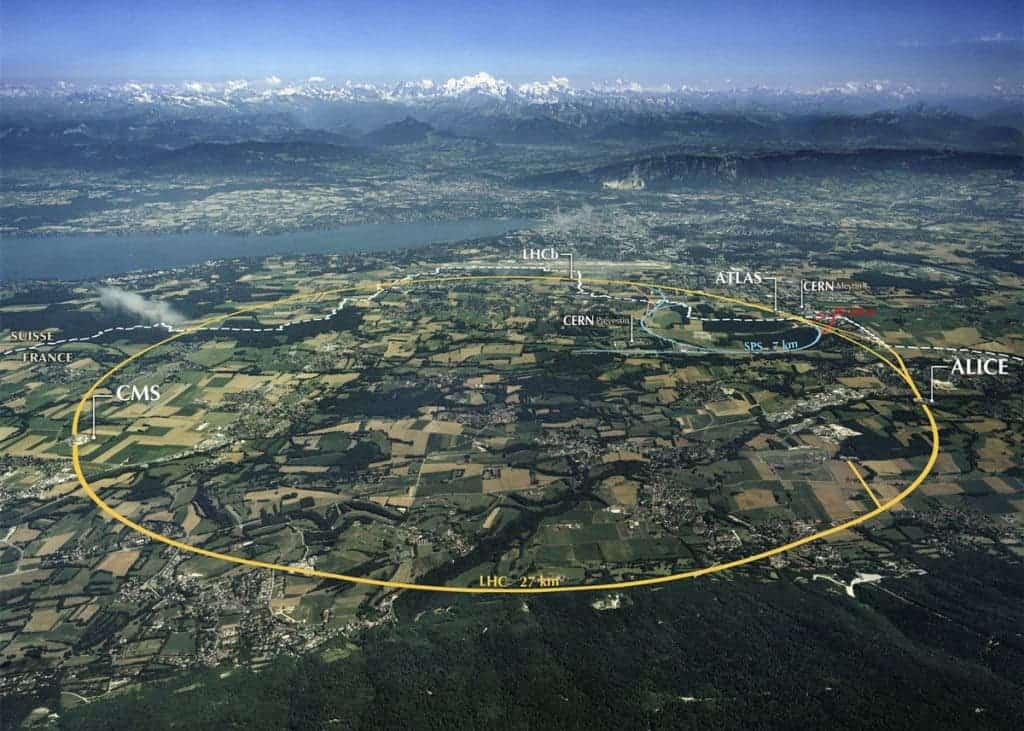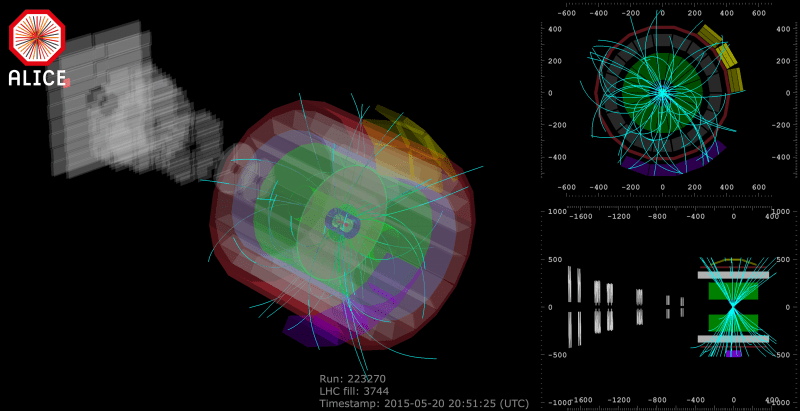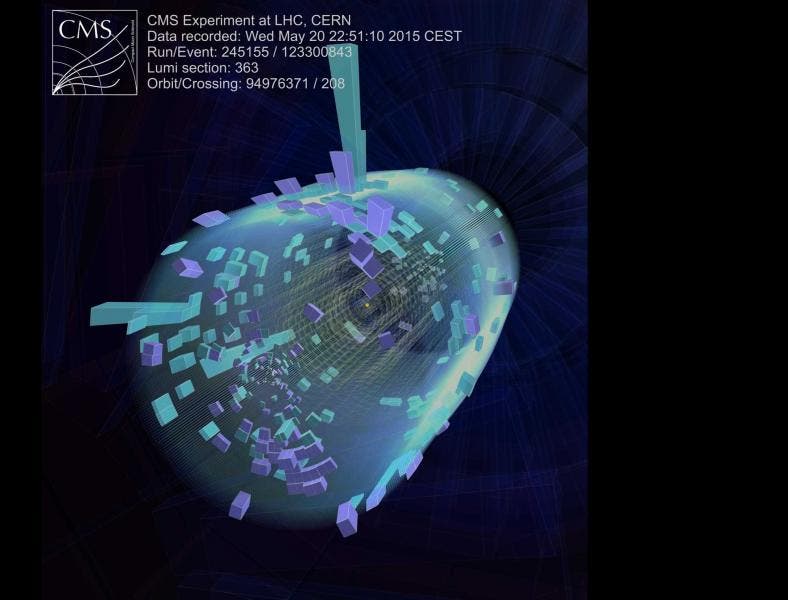Two years ago, following the discovery of the Higgs boson – heralded as one of the greatest scientific achievements of this century – the Large Hadron Collider at CERN was shut down for much needed maintenance and upgrades. A few days ago, the massive particle accelerator was shifted into gear and powered up. The first test run wasn’t only successful, it set a new record by producing collision energies of around 13 trillion electron-volts. The highest speed that was previously achieved was of only 6.5 TeV. More tests will be made throughout the remainder of this month and June.

“It doesn’t sound like very much, but if you have a mosquito buzzing around, the amount of energy it takes to keep that mosquito floating is about the energy of one of these collisions – except that you have this energy compressed down into the size that’s a million times smaller than the width of a human hair,” Greg Rakness, one of the CMS experiment coordinators.
The aim of the LHC is to allow physicists to test the predictions of different theories of particle physics and high-energy physics like the Standard Model. During its two-year nap, the LHC was outfitted with new magnets and detectors. These are the most vulnerable parts to damage in the 17-mile long LHC particle accelerating ring. To avoid or at least minimize further damage in the future, technicians and researchers fitted an improved collimator shield. The collimator shield is basically a shield of metal that attracts protons that wander off course.
Once the LHC blasted particles at 13TeV, scientists found some particle with a distinct decay time. They think they may already have come across a new exotic particle. By all signs, it seems to be what’s called a Bs particle, a quark and an antiquark that bind to make something called a muoy. Data taking and the start of the LHC’s second run is planned for early June.
CERN released some of the first images showing test results. They’re right below.







